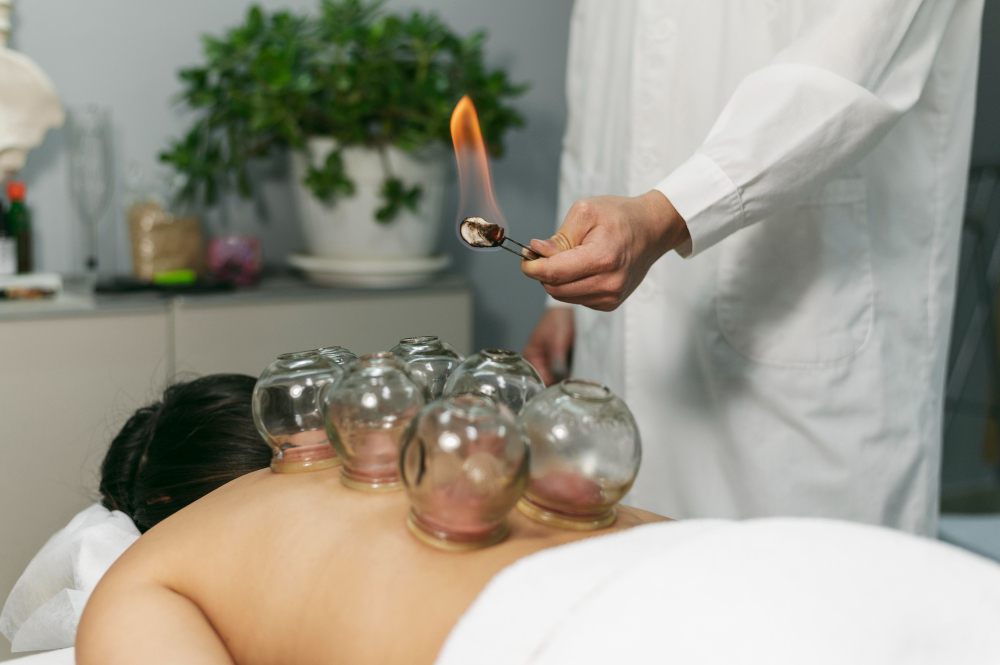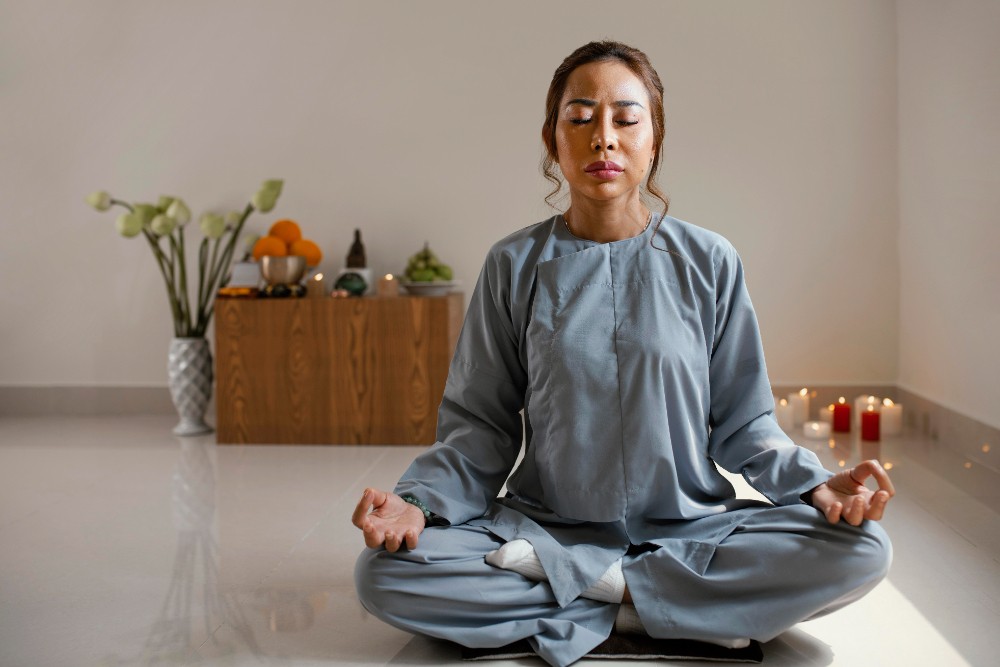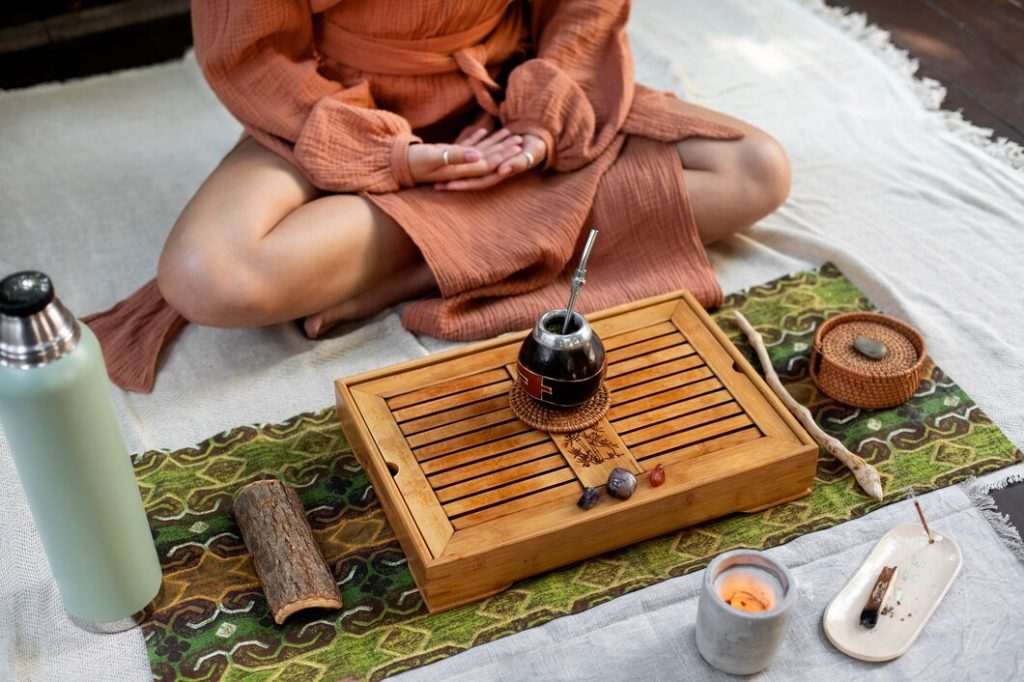Acupuncture, a cornerstone of Traditional Chinese Medicine (TCM), has been practiced for thousands of years. This ancient healing art involves inserting thin needles into specific points on the body to stimulate and balance the flow of qi, or life energy. While it may seem unconventional to Western medicine, acupuncture has gained significant traction worldwide for its potential to alleviate various health conditions.
Understanding the Basics of TCM
To grasp the concept of acupuncture, it’s essential to understand the fundamental principles of TCM. TCM posits that health depends on the harmonious balance of yin and yang, two opposing yet interconnected forces that govern all aspects of the universe, including the human body. Qi, the vital life force, is believed to flow through a network of channels known as meridians. When this flow is disrupted, imbalances can occur, leading to illness.
How Acupuncture Works
Acupuncture is based on the premise that by stimulating specific points along these meridians, practitioners can restore the balance of qi and promote healing. The exact mechanisms by which acupuncture works are still being studied, but several theories have been proposed:
- Gate control theory: This theory suggests that acupuncture stimulates nerve fibers, sending signals to the brain that can block pain signals.
- Endorphin release: Acupuncture may trigger the release of endorphins, the body’s natural painkillers.
- Neurotransmitter regulation: Acupuncture could influence the levels of various neurotransmitters, such as serotonin and dopamine, which play a role in mood and pain perception.
- Immune system modulation: Some research indicates that acupuncture may modulate the immune system, helping to reduce inflammation and promote healing.
The Acupuncture Experience
An acupuncture session typically involves the following steps:
- Consultation: The practitioner will conduct a thorough assessment of your health history and current symptoms to determine the underlying imbalances.
- Point selection: Based on your diagnosis, the practitioner will select specific acupuncture points to be treated.
- Needle insertion: Thin, sterile needles are inserted into the chosen points at varying depths. The sensation can range from a mild prick to a dull ache or numbness.
- Needle manipulation: The needles may be manipulated or stimulated with heat or electrical current to enhance their effects.
- Relaxation: You will be asked to relax during the treatment, as this can help to deepen the therapeutic effects.
Conditions Treated with Acupuncture
Acupuncture has been used to treat a wide range of conditions, including:
- Pain: Back pain, neck pain, headaches, arthritis, and menstrual cramps
- Digestive disorders: Nausea, vomiting, diarrhea, and constipation
- Respiratory conditions: Asthma, allergies, and sinusitis
- Neurological disorders: Stroke, Bell’s palsy, and multiple sclerosis
- Emotional imbalances: Anxiety, depression, and insomnia
Benefits of Acupuncture
- Pain relief: Acupuncture is particularly effective for managing chronic pain.
- Stress reduction: It can help to promote relaxation and reduce stress levels.
- Improved sleep: Acupuncture may help to improve sleep quality and duration.
- Boosted immune system: Some studies suggest that acupuncture can enhance immune function.
- Few side effects: Acupuncture is generally safe with minimal side effects, such as mild bruising or bleeding at the needle insertion site.
Is Acupuncture Right for You?
While acupuncture has been shown to be effective for many conditions, it is important to consult with a qualified healthcare professional to determine if it is the right treatment for you. Acupuncture should not be used as a substitute for conventional medical care, but it can be a valuable complementary therapy.
Acupuncture offers a unique approach to healthcare that has stood the test of time. By addressing the root causes of imbalances, acupuncture can promote healing and restore overall well-being. While more research is needed to fully understand the mechanisms behind its therapeutic effects, the growing body of evidence supports its use for a variety of health conditions.





